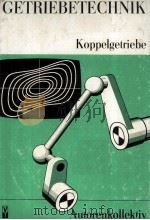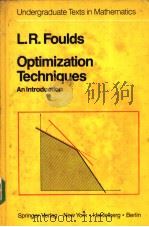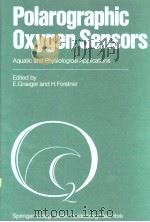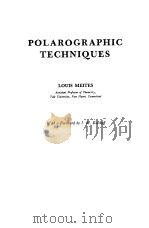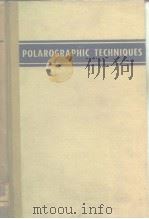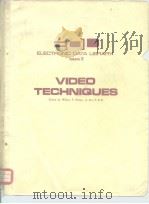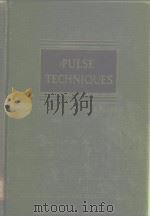《POLAROGRAPHIC TECHNIQUES》
| 作者 | LOUIS MEITES 编者 |
|---|---|
| 出版 | INTERSCIENCE PUBLISHERS INC |
| 参考页数 | 317 |
| 出版时间 | 1955(求助前请核对) 目录预览 |
| ISBN号 | 无 — 求助条款 |
| PDF编号 | 88885848(仅供预览,未存储实际文件) |
| 求助格式 | 扫描PDF(若分多册发行,每次仅能受理1册) |
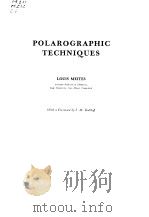
Ⅰ.The Nature and Scope of Polarographic Measurements1
Ⅱ.Instrumentation7
1.Polarographic Circuits7
2.Polarographic Cells18
3.Dropping Electrode Assemblies.Fabrication and Maintenance of the Capillary27
4.Auxiliary Equipment32
Ⅲ.The Polarographic Limiting Current39
1.The Residual Current39
2.The Migration Current42
3.Theory of the Diffusion Current45
4.Factors Affecting the Diffusion Current48
A.The Concentration of Reducible Substance48
B.The Capillary Characteristics.Factors Affecting m and t51
C.Temperature55
D.Solvent Composition57
E.Polarographic Diffusion Coefficients59
5.Methods of Measuring the Diffusion Current60
6.Estimation of n from Diffusion Current Data71
7.Kinetic Currents77
8.Catalytic Currents78
9.Adsorption Waves82
Experiments84
Ⅳ.Theory of the Current-Voltage Curve93
1.Reduction to a Metal Soluble in Mercury93
2.Reduction or Oxidation to a Solid Phase Insoluble in Mercury98
3.Homogeneous Electrode Reactions99
4.Criteria of Reversibility104
5.The Interpretation of Irreversible Waves109
Experiments110
Ⅴ.The Interpretation of Half-Wave Potential Data115
1.Effect of Complex Formation on E1/2 for a Heterogeneous Electrode Reaction115
2.Interpretation of the Half-Wave Potential for a Homogeneous Electrode Reaction120
3.Summary of Factors Attecting the Half-Wave Potential123
4.Qualitative Polarographic Analysis126
Experiments127
Ⅵ.Maxima and Their Suppression131
1.The Nature of Maxima and Their Significance in Practical Work131
2.Maximum Suppressors135
3.Some Undesirable Effects of Maximum Suppressors139
Experiment141
Ⅶ.Techniques of Quantitative Polarographic Analysis143
1.Isolation of the Wave143
A.General Considerations143
B.Selection of the Medium144
C.Non-linear Wave Height-Concentration Relationships157
D.Indirect Methods of Analysis159
2.Special Techniques for Unstable Solutions162
A.Solutions which React with Components of the Salt Bridge162
B.Solutions of Strong Oxidizing Agents163
C.Solutions of Strong Reducing Agents165
3.Separations Preceding Polarographic Analysis167
A.Precipitation168
B.Extraction169
C.Chemical Reduction169
D.Electrolytic Reduction170
4.The Interpretation of the Wave Height172
A.Absolute Methods173
B.Comparative Methods175
Experinents181
Ⅷ.Amperometric Titrations185
1.Types of Amperometric Titrations and the Corresponding Current-Volume Curves185
A.Precipitation Titrations185
B.Redox Titrations189
C.Complex-formation Titrations193
D.“Compensation”Titrations193
2.Technique and Apparatus195
3.Rotating Platinum Microelectrodes198
Experiments200
Ⅸ.Special Techniques205
1.Controlled Potential Electrolysis205
2.Coulometry at Controlled Potential217
3.Millicoulometry221
4.Other Polarographic Current-Time Curves224
5.Derivative Polarography226
Literature Cited229
Appendix A.Trouble-Shooting in Polarographic Circuits235
Appendix B.Half-Wave Potentials and Diffusion Current Constants of Inorganic Substances247
Index309
1955《POLAROGRAPHIC TECHNIQUES》由于是年代较久的资料都绝版了,几乎不可能购买到实物。如果大家为了学习确实需要,可向博主求助其电子版PDF文件(由LOUIS MEITES 1955 INTERSCIENCE PUBLISHERS INC 出版的版本) 。对合法合规的求助,我会当即受理并将下载地址发送给你。
高度相关资料
-
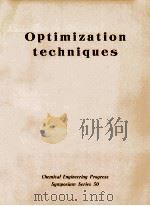
- OPTIMIZATION TECHNIQUES
- 1964 AMERICAN INSTITUTE OF CHEMICAL ENGINEERS
-
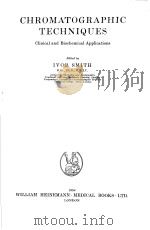
- CHROMATOGRAPHIC TECHNIQUES
- WILLIAM HEINEMANN
-
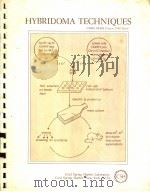
- HYBRIDOMA TECHNIQUES
- COLD SPRING HARBOR LABORATORY
-
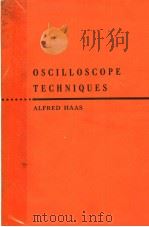
- OSCILLOSCOPE TECHNIQUES
- CERNSBACD HBRARY INC
-
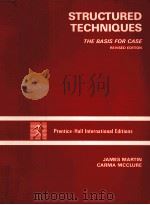
- STRUCTURED TECHNIQUES
- 1988 Prentice-Hall International
-

- Judo : skills and techniques Skills and techniques
- 1987 Crowood
-
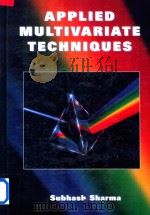
- Applied Multivariate Techniques Techniques
- 1996 John Wiley & Sons
-
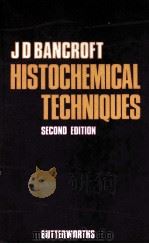
- Histochemical techniques
- 1975 Butterworths
提示:百度云已更名为百度网盘(百度盘),天翼云盘、微盘下载地址……暂未提供。➥ PDF文字可复制化或转WORD
